They’re often overlooked, but they have the potential to give your home new life. Your interior doors may seem, to you, a basic and unassuming part of the house, purely functional and unexciting. But the wrong door can ruin your decorating scheme, while the perfect door will not only complement it but enhance it. An interior door done right can even serve as a focal point in any room.
Because doors are not quite as basic and easy to choose as one would think, we’ve compiled this comprehensive guide to choosing the right interior door.
Doors are available in a huge variety of shapes, sizes, and configurations; they can be painted any color for drama, fun, sophistication, or simply blending in rather than standing out.
Panel doors
The most popular door style is the panel door. Panels are the decorative inserts on a door front; a door may have one to six (or even more) panels.
Single panel:
Five panels:
Flat (flush) doors
For a more modern, minimalist, and sleek look, a flush door (with a flat surface) is the way to go. Flush doors work well in rooms with other flat cabinetry, can be customized with specialty finishes, and are easier to clean than panel doors.
Stay tuned – next week: what does your front door say about you?

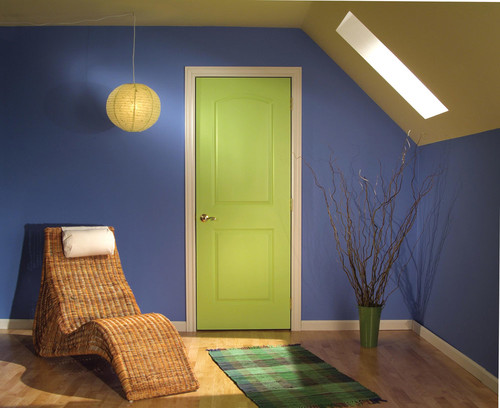

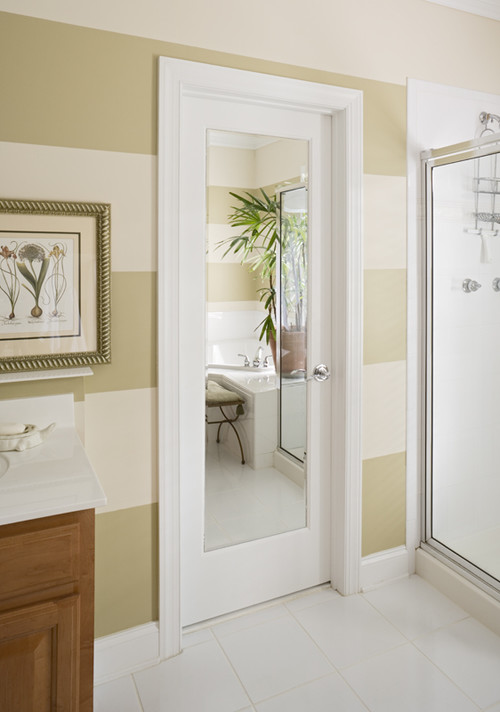
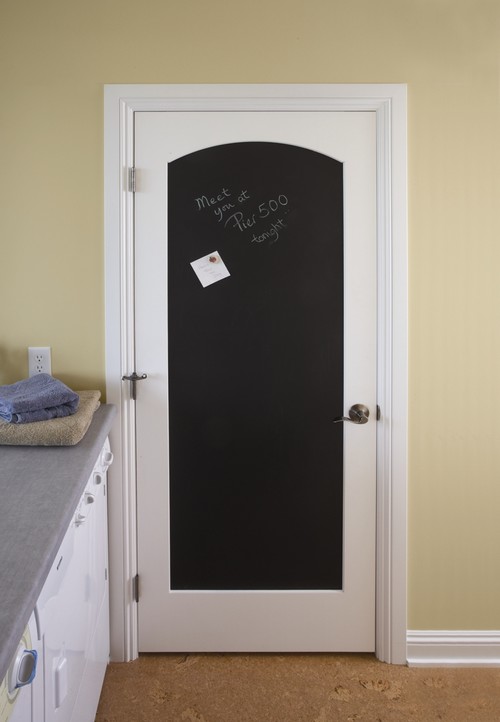
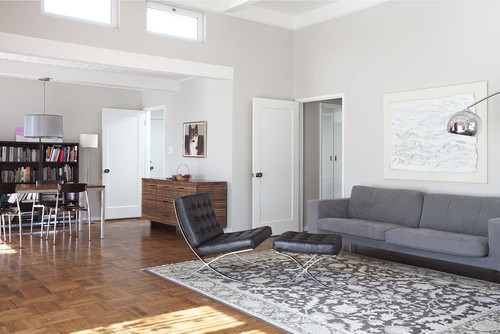
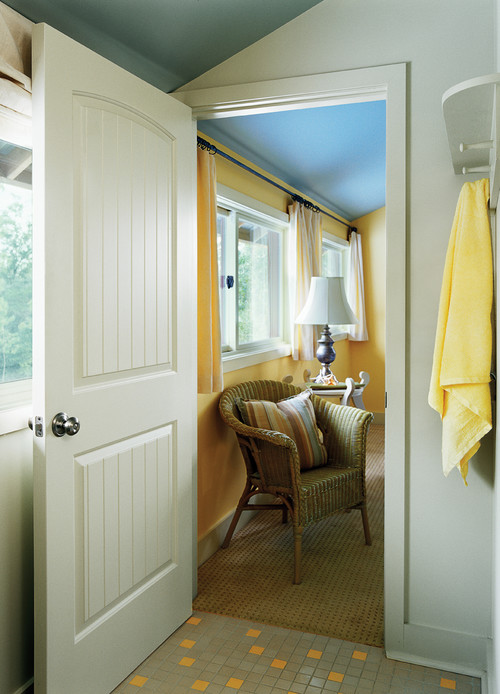


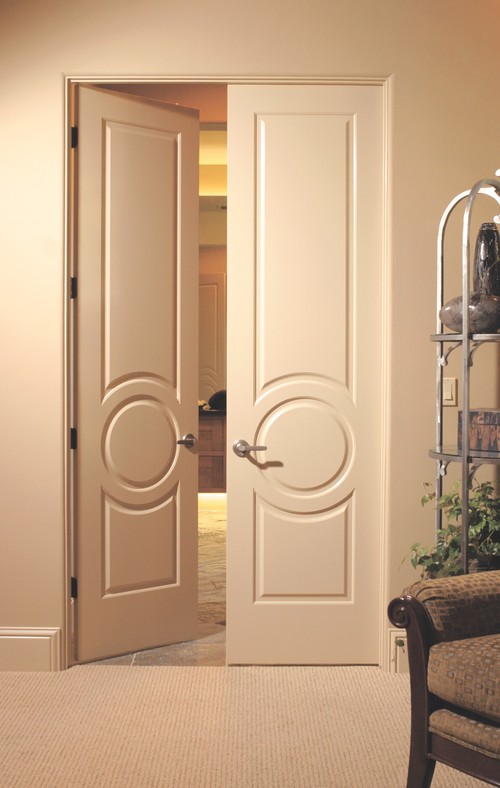

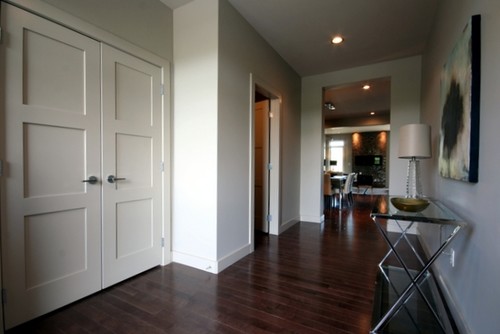


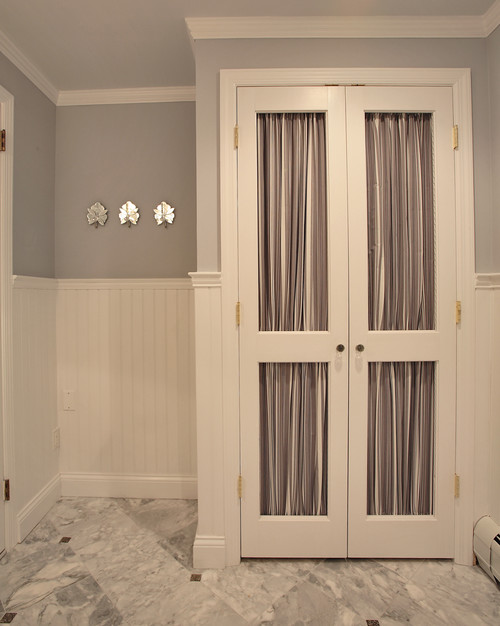
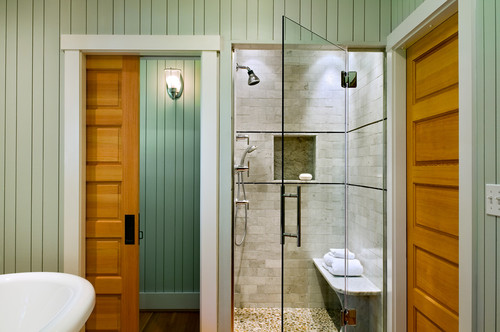
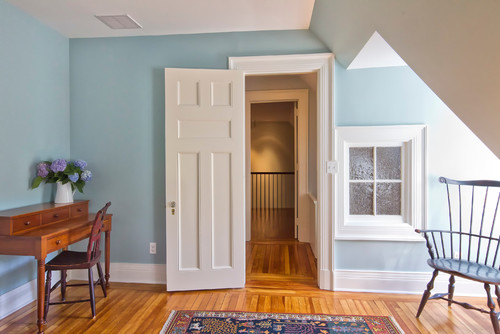




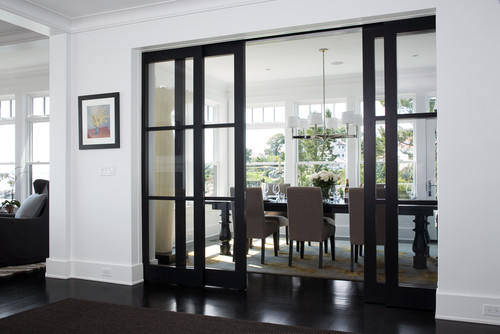


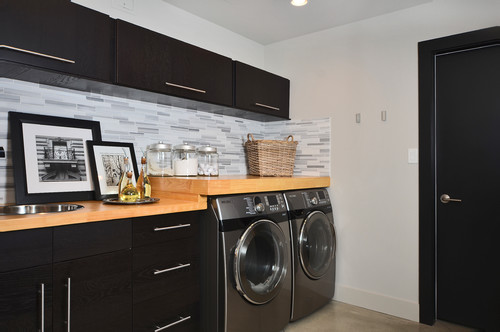
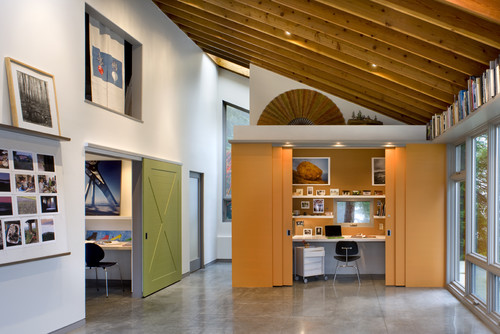
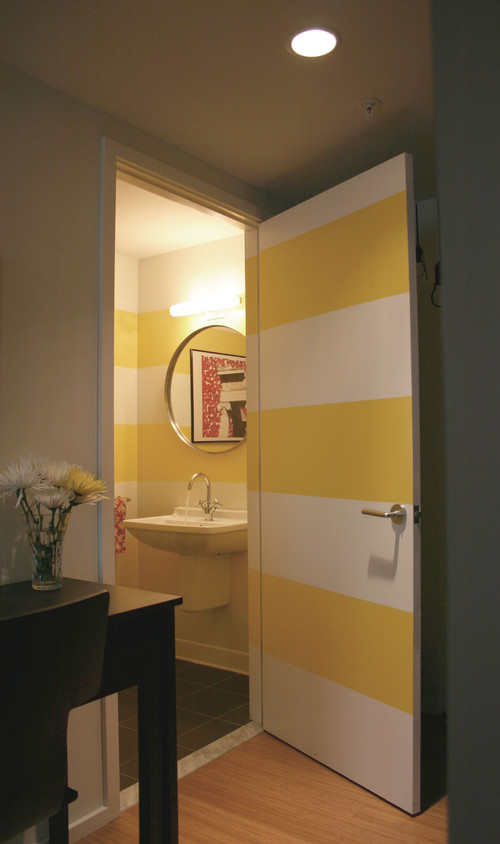
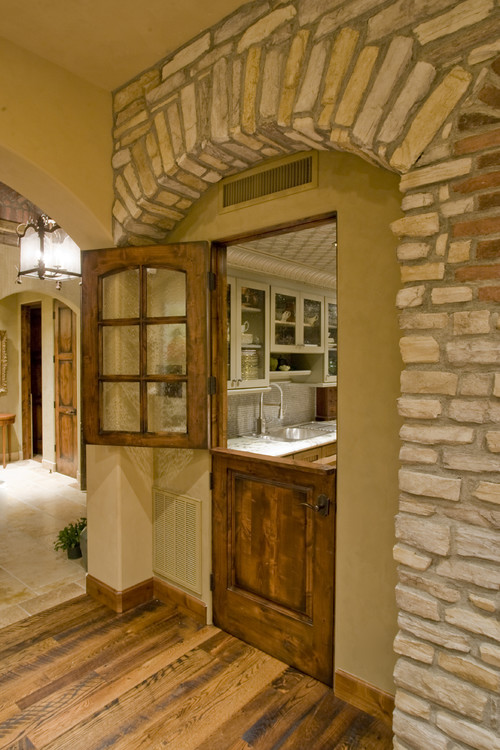
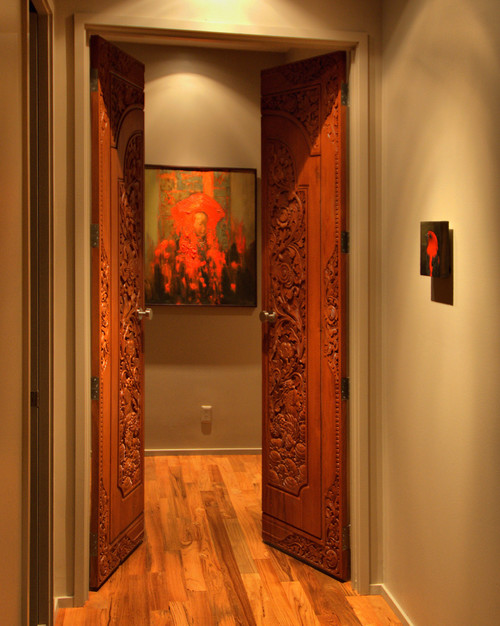


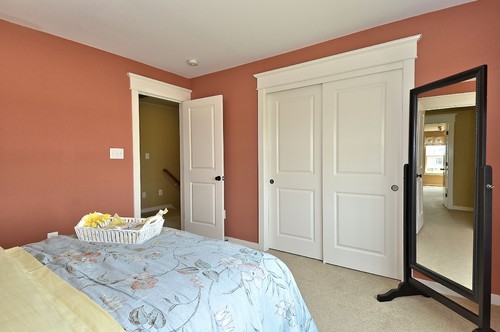




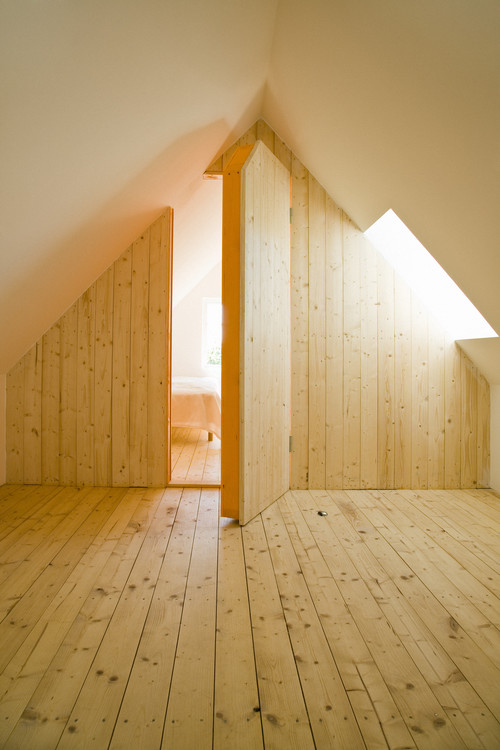

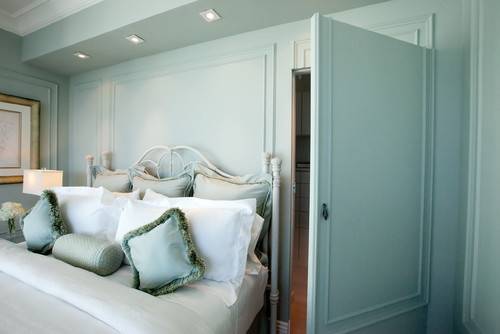

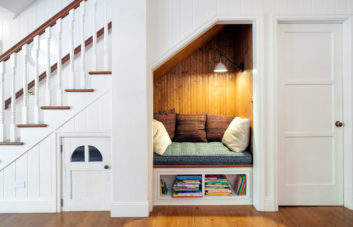
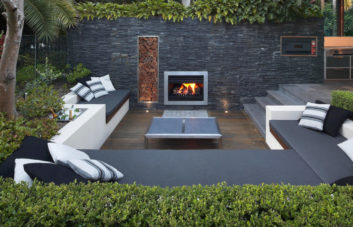

Your information is really very deep and very useful. It helps me truly. Thank you for sharing it…
Thanks, Barbara! We’re glad you like it.
Very interesting post ! Thank you for sharing this amazing information about interior doors and beautiful pictures which delivers a proper idea on how to choose perfect interior doors that fits your home decor and types. I came across some of the best types of doors on Discountdoorsus.com, feel free to visit them. Thanks!